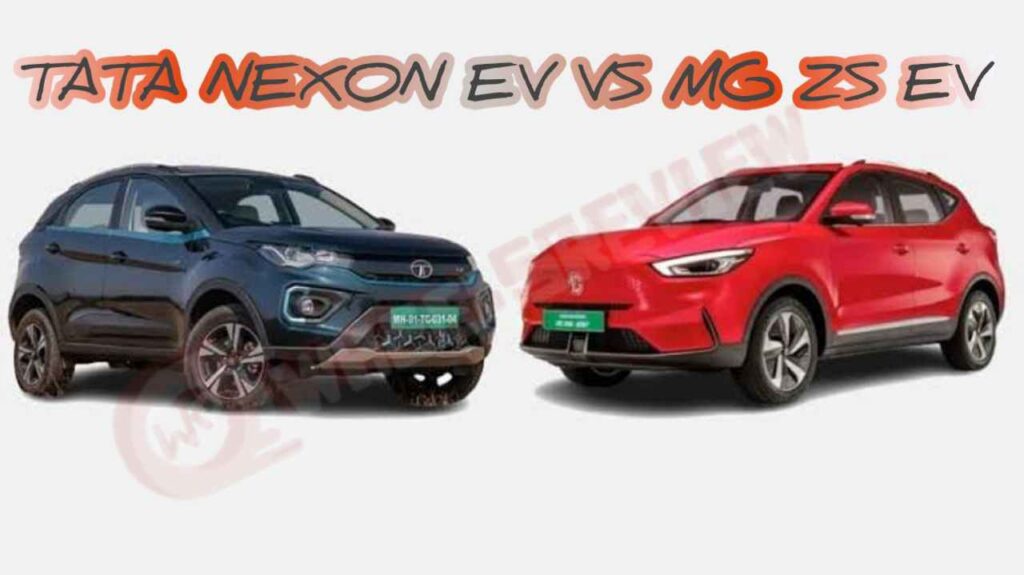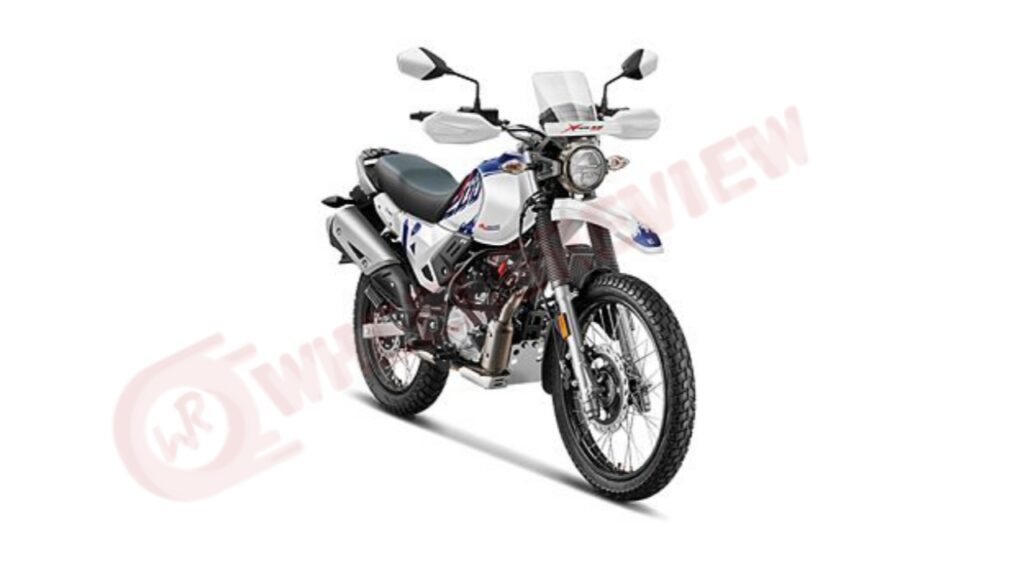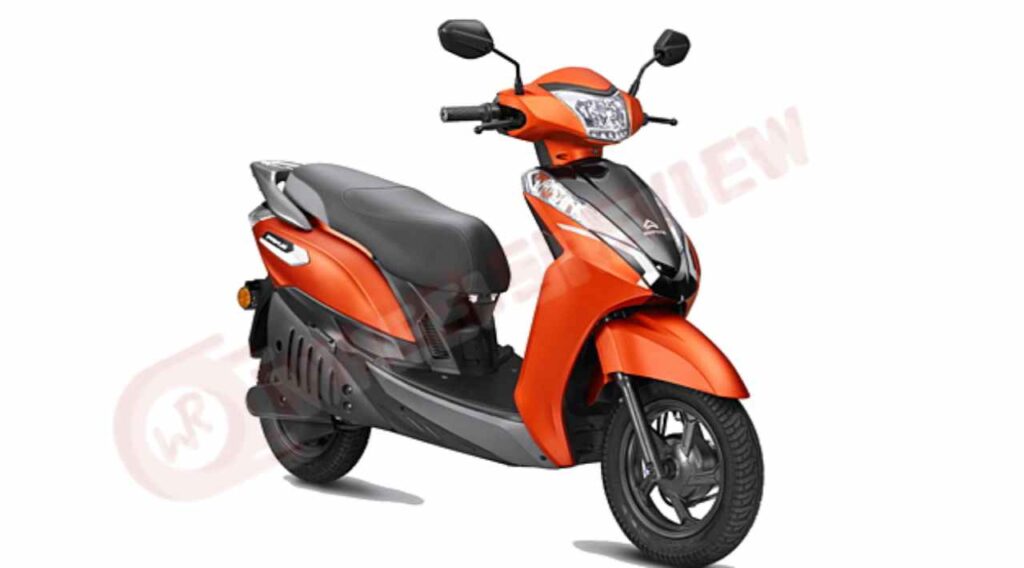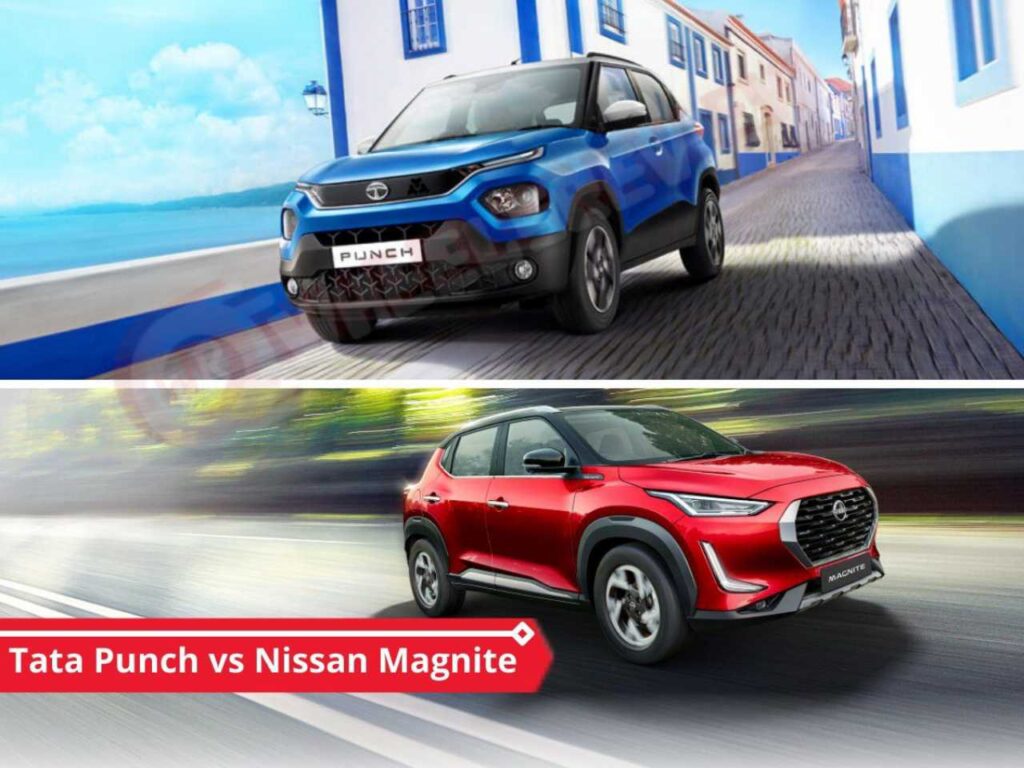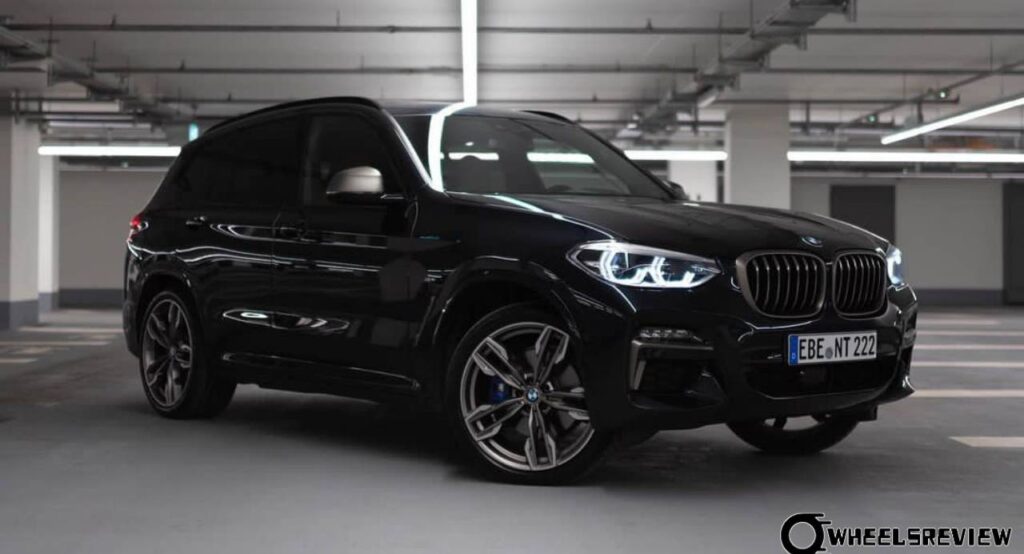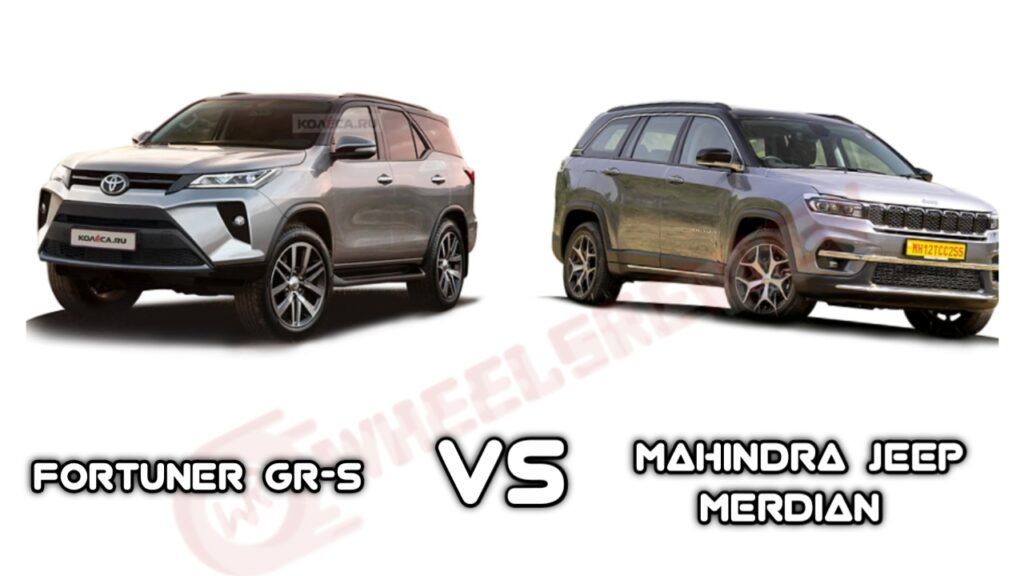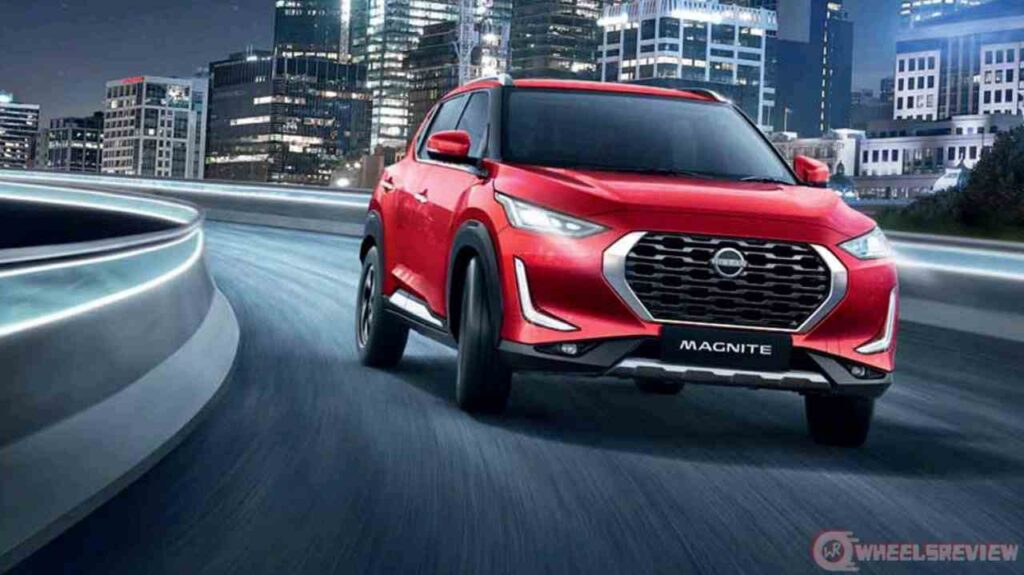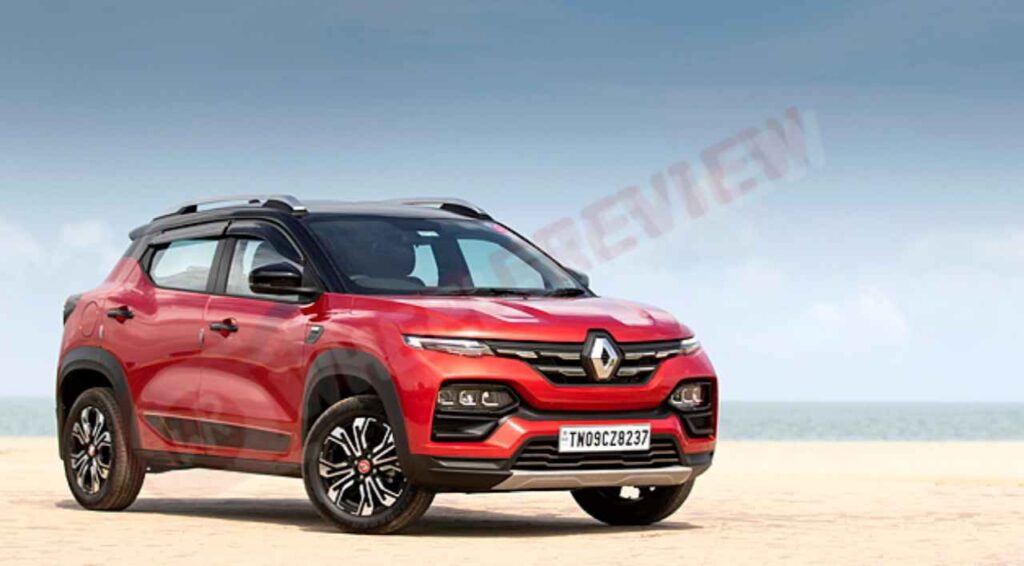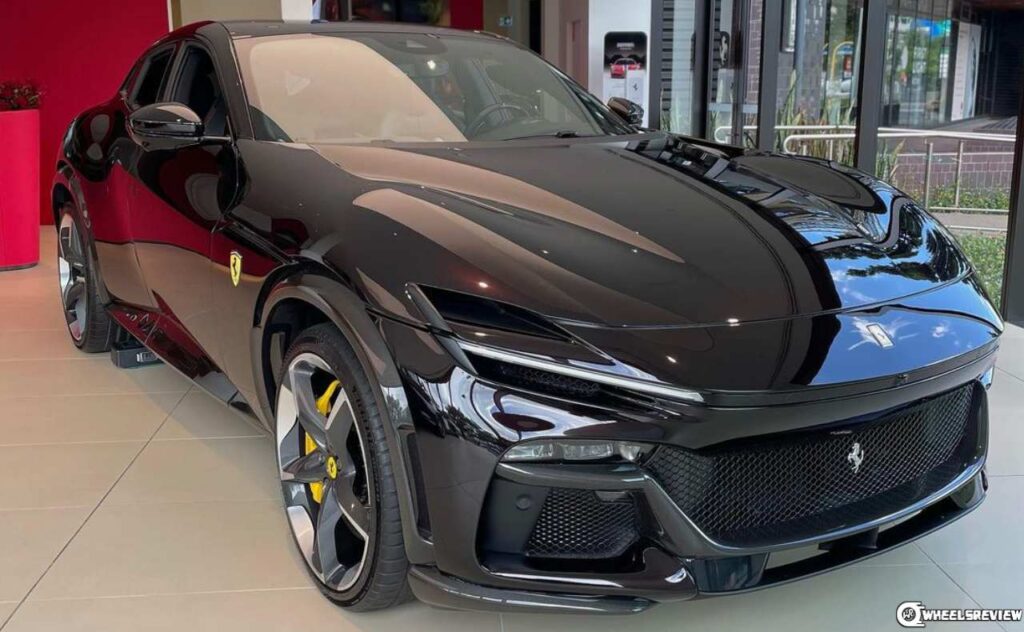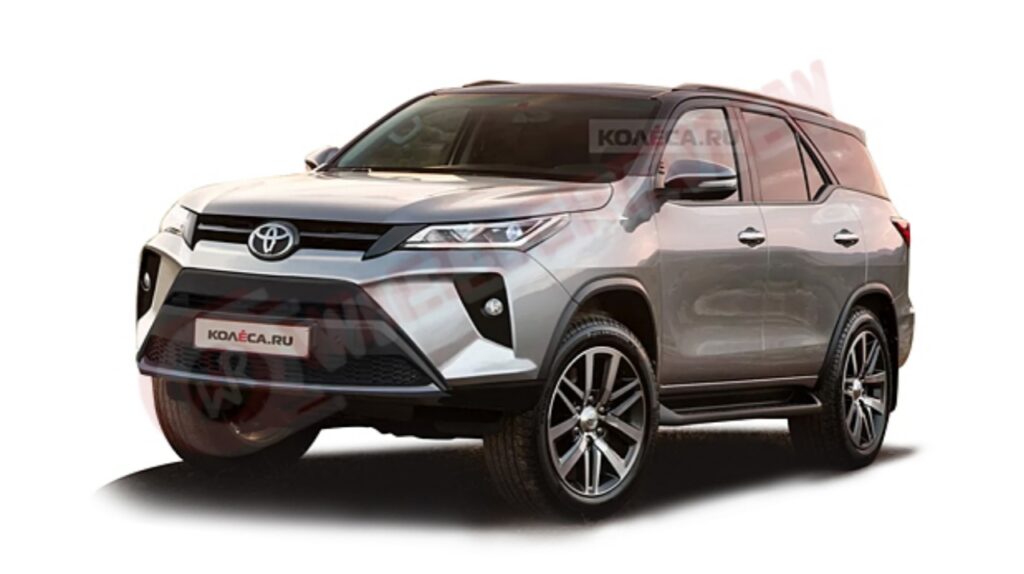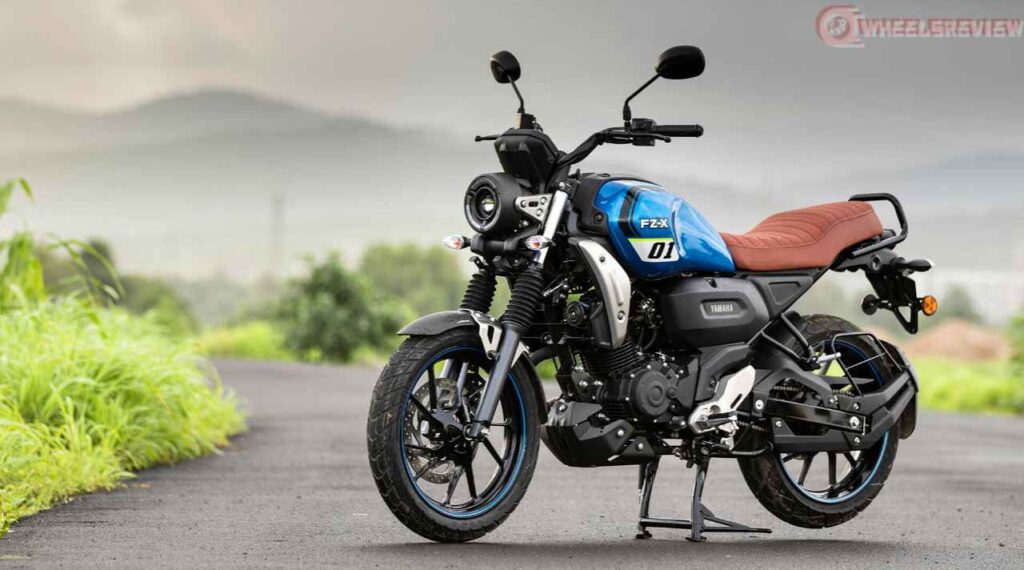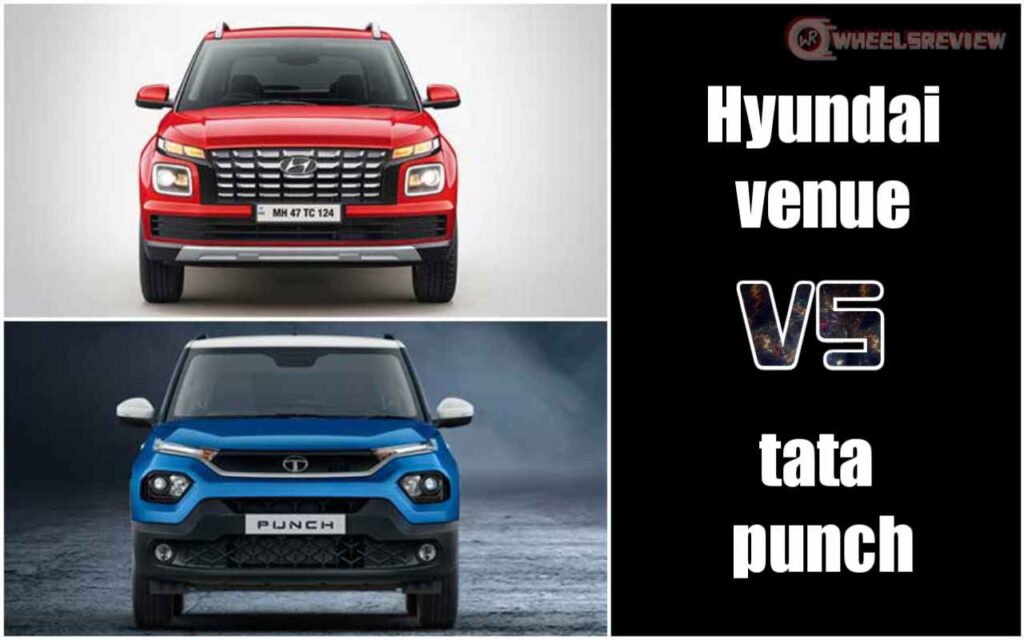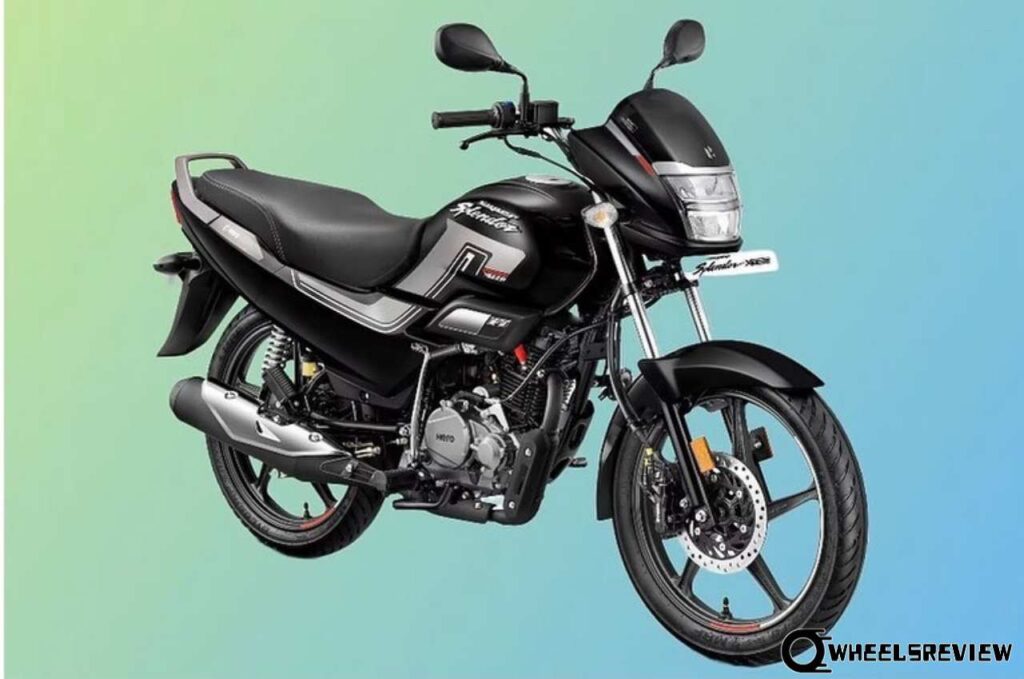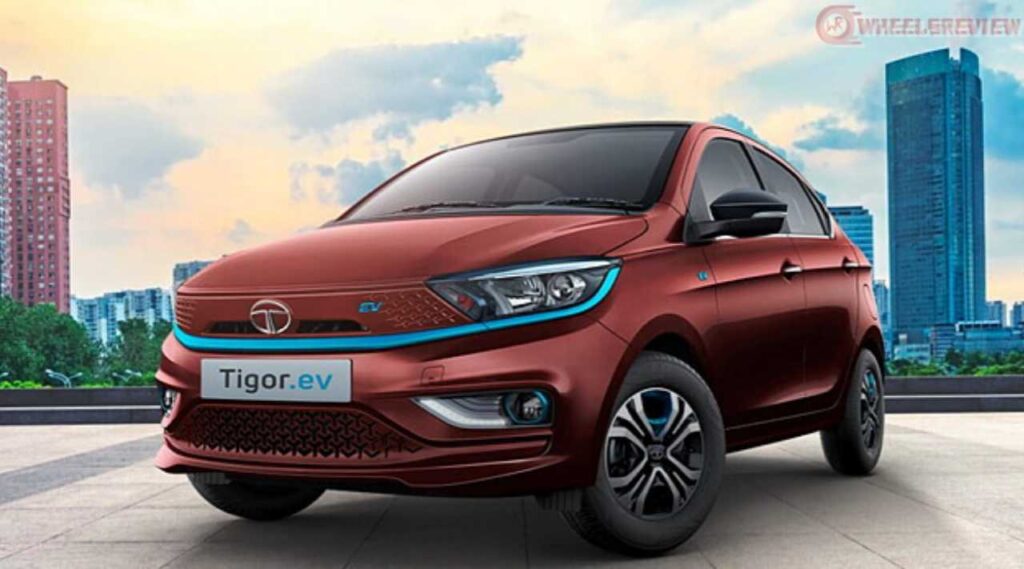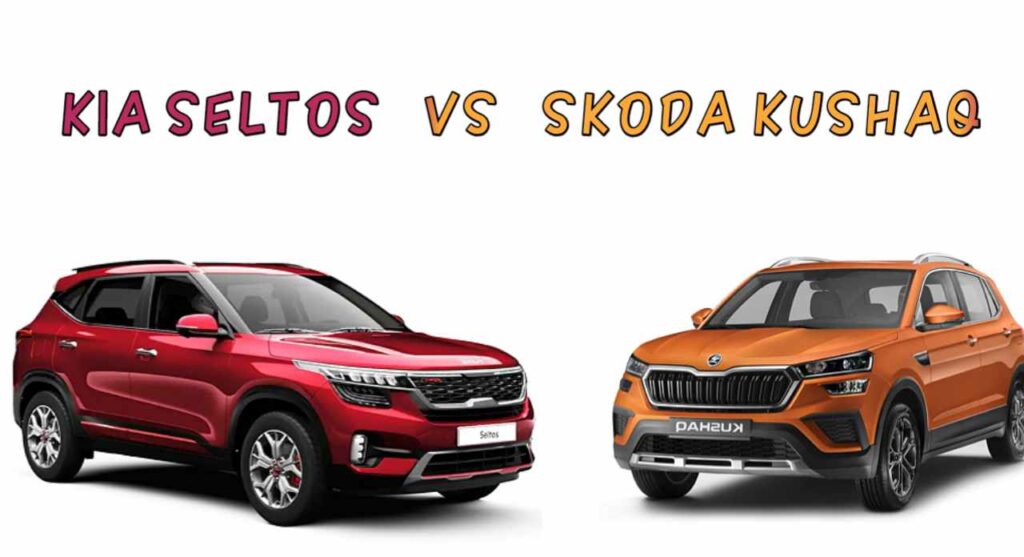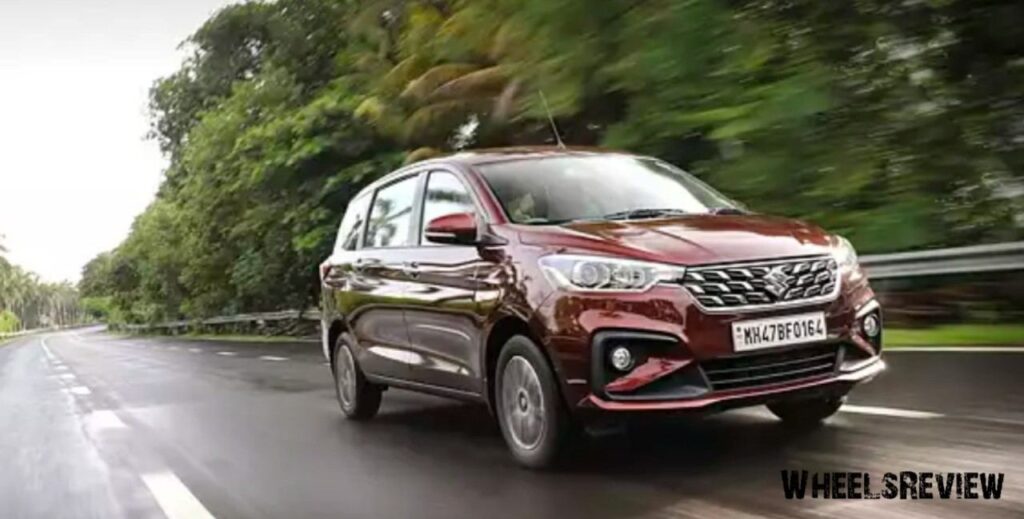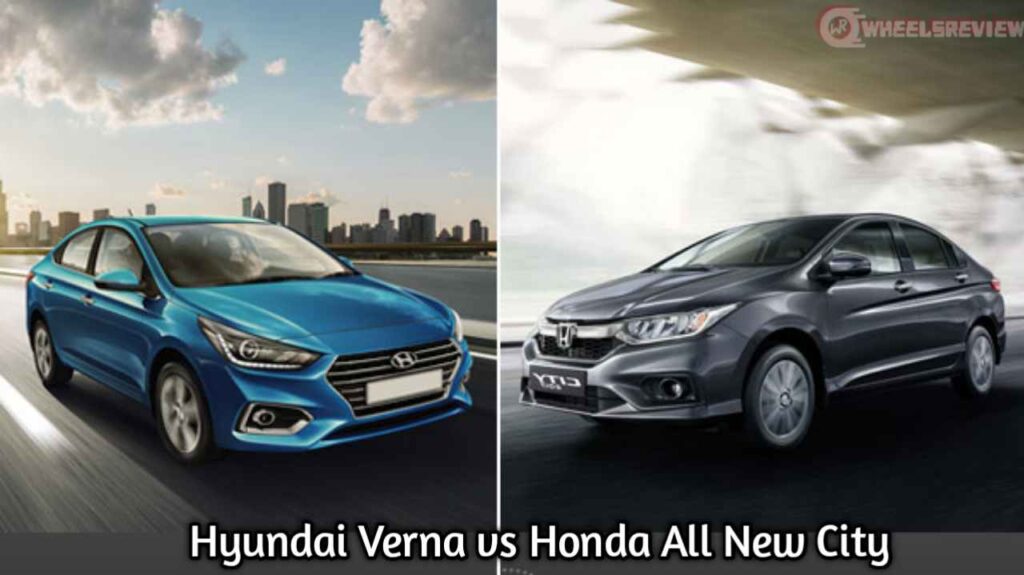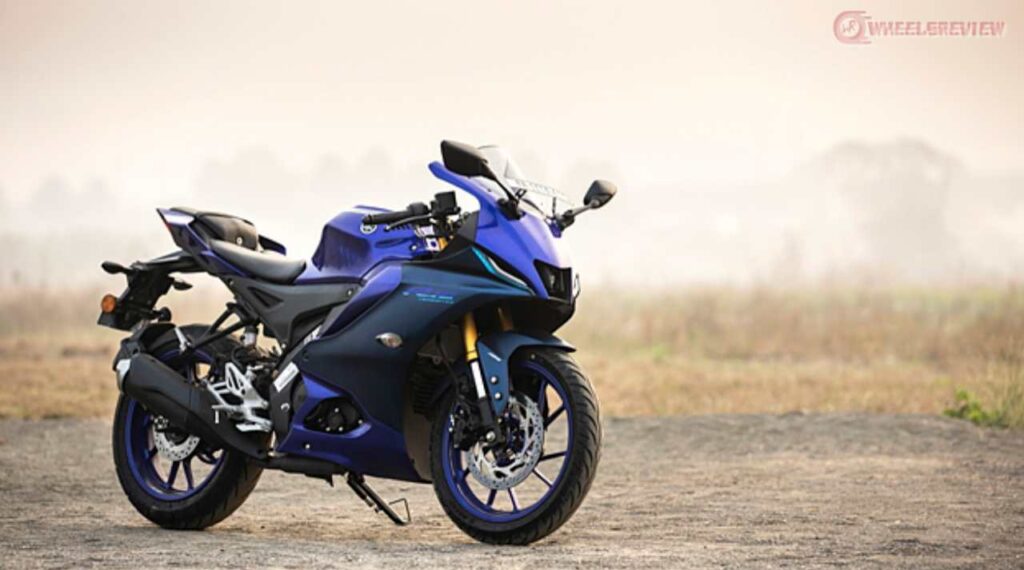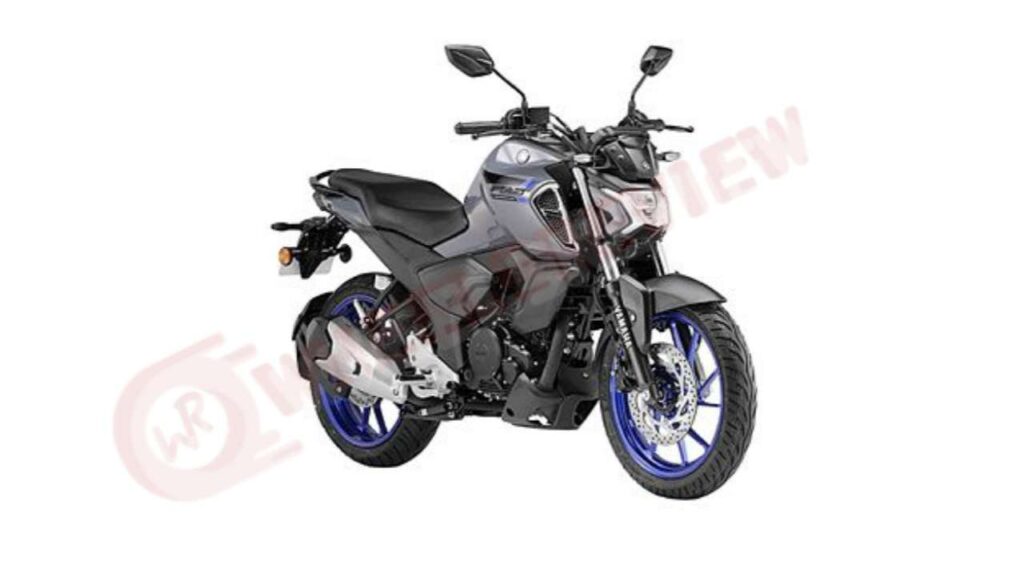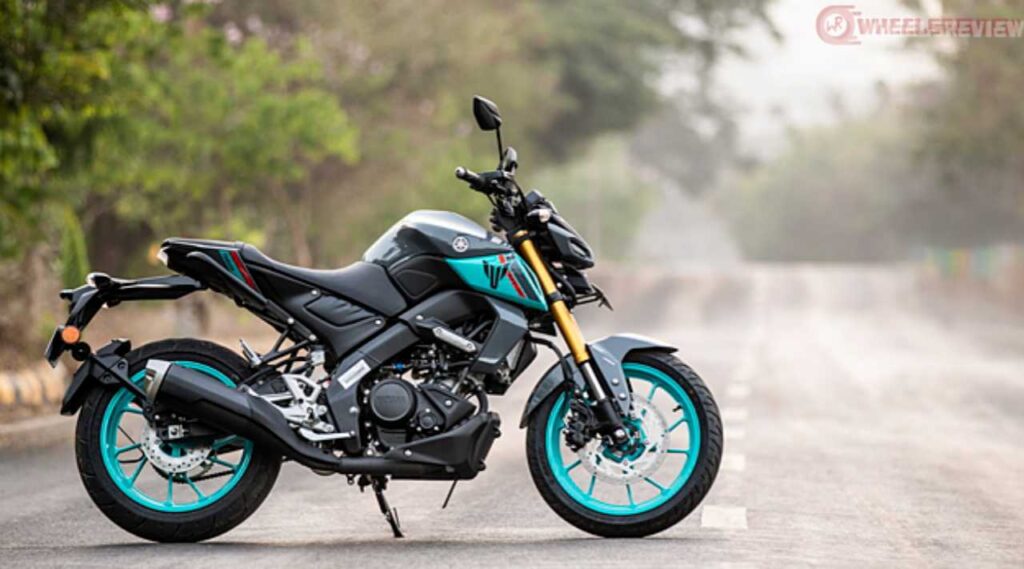Tata Nexon EV vs MG ZS EV;- As the world moves towards a more sustainable future, electric vehicles are becoming increasingly popular. With the Indian government’s push for electric mobility, many automakers are now introducing electric vehicles in the market. Two such electric SUVs in India are the Tata Nexon EV and MG ZS EV. Both of these cars come with modern features, ample performance, and long driving range. If you are in the market for an electric SUV and are confused between the two, then this article will provide you with a detailed comparison of the Tata Nexon EV and MG ZS EV. We will compare the cars on various parameters such as battery, range, charging, design, safety, performance, and more, to help you make an informed decision. So, let’s dive into this head-to-head comparison of the Tata Nexon EV and MG ZS EV.
Battery:
Tata Nexon EV is equipped with a 30.2 kWh lithium-ion battery pack, while the MG ZS EV comes with a larger 44.5 kWh battery pack.
Range:
The Tata Nexon EV offers a claimed range of 312 km on a single charge, while the MG ZS EV has a claimed range of 419 km on a single charge.
Charging:
The Tata Nexon EV supports both AC and DC fast charging, with the latter providing an 80% charge in 60 minutes. The MG ZS EV also supports both AC and DC fast charging, and can be charged up to 80% in 50 minutes.
Design:
Both cars have a modern and sporty design. The Nexon EV has a more rugged and muscular look, while the MG ZS EV has a sleek and futuristic design.
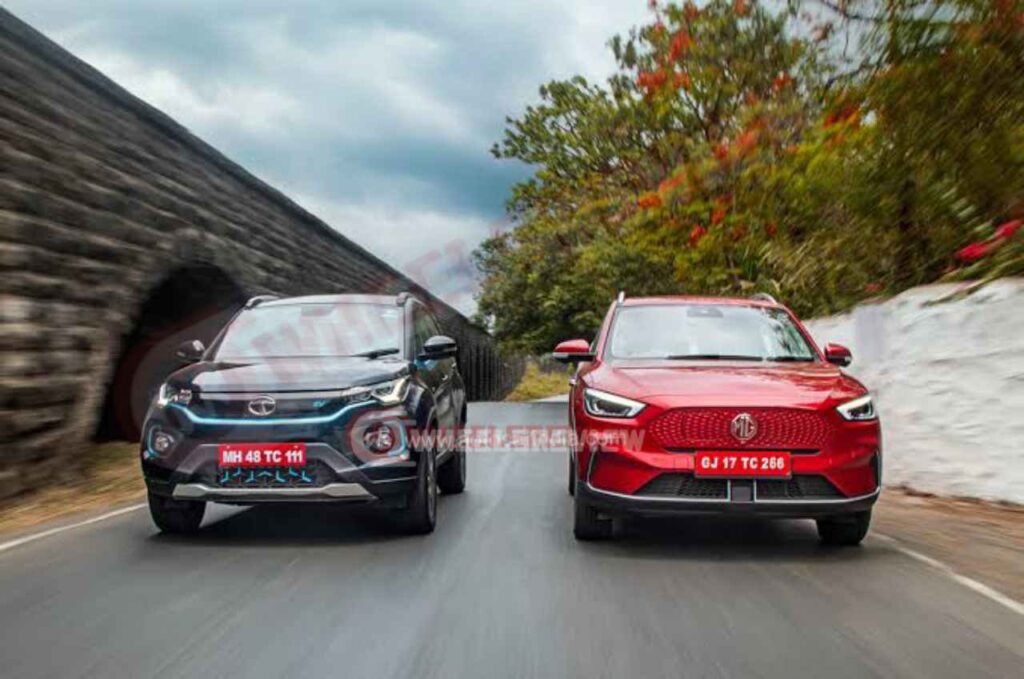
Safety:
Both cars are equipped with various safety features such as ABS, EBD, Hill Assist, and multiple airbags. The Nexon EV also comes with Electronic Stability Program (ESP) and Hill Descent Control, while the MG ZS EV has Lane Departure Warning and Forward Collision Warning.
Exterior:
The Tata Nexon EV has a bold and aggressive exterior design with a signature grille, dual-tone roof, and sharp creases. The MG ZS EV has a more futuristic and aerodynamic design with a large grille, LED DRLs, and sharp character lines.
Interior:
Both cars have a modern and spacious cabin with a host of features such as a touchscreen infotainment system, climate control, and leather upholstery. The MG ZS EV also comes with a panoramic sunroof and a digital instrument cluster.
Tyres:
The Tata Nexon EV comes with 215/60 R16 tyres, while the MG ZS EV comes with 215/55 R18 tyres.
Brakes and ground clearance:
Both cars have disc brakes on all four wheels and similar ground clearance of around 180 mm.
Colours:
The Tata Nexon EV is available in three colours – Signature Teal Blue, Moonlit Silver, and Glacier White. The MG ZS EV is available in six colours – Copenhagen Blue, Currant Red, Pimlico Blue, Arctic White, Black Pearl, and Dynamic Red.
Price:
The Tata Nexon EV is priced between Rs. 14.99 – 16.85 lakh (ex-showroom), while the MG ZS EV is priced between Rs. 21.00 – 24.18 lakh (ex-showroom).

Performance:
The Tata Nexon EV is powered by a 129 hp electric motor that generates 245 Nm of torque, while the MG ZS EV is powered by a 143 hp electric motor that generates 353 Nm of torque. The MG ZS EV is quicker from 0 to 100 km/h, taking just 8.5 seconds, while the Nexon EV takes 9.9 seconds.
Infotainment System:
The Tata Nexon EV comes with a 7-inch touchscreen infotainment system with Android Auto and Apple CarPlay compatibility. The MG ZS EV, on the other hand, comes with a larger 8-inch touchscreen infotainment system that supports Android Auto, Apple CarPlay, and also features an embedded SIM for internet connectivity.
Warranty:
The Tata Nexon EV comes with a standard warranty of 3 years/1,25,000 km, while the MG ZS EV comes with a standard warranty of 5 years/1,50,000 km.
Ownership Experience:
Tata Motors has a larger sales and service network in India, with over 800 service centers and over 4000 touchpoints, while MG Motor has over 270 service centers and 200+ touchpoints in India.
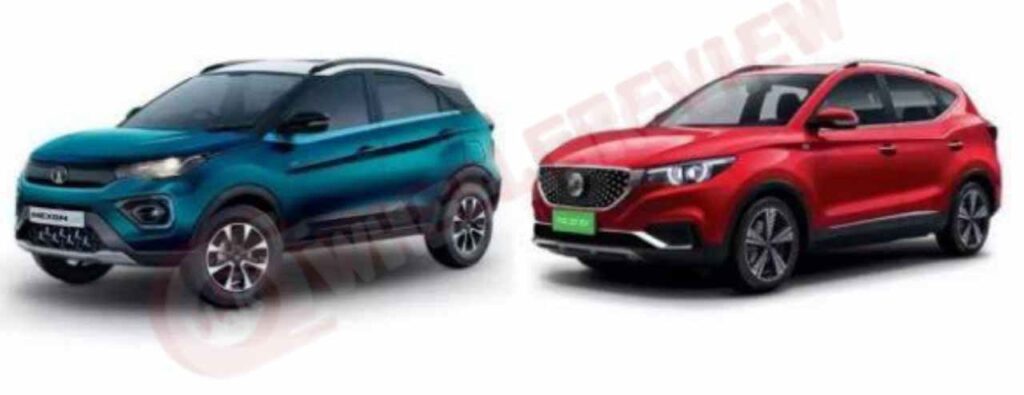
Overall, the MG ZS EV is a more premium and feature-rich offering with better performance and longer range, while the Tata Nexon EV offers a more rugged and practical design at a lower price point. Ultimately, the choice between the two will depend on your budget, driving requirements, and personal preferences.

